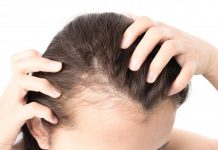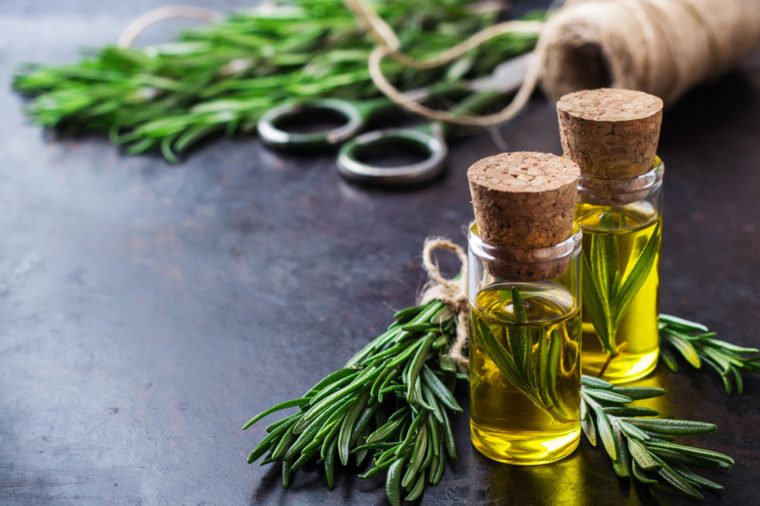The common triggers of what causes migraines in teenagers are loud noises, strong odours, stress, inadequate sleep, bright light, skipping meals and changes in weather.
What is a migraine? Oftentimes, people associate migraine with a headache, but it is much more than that! A migraine can be defined as a severe and recurrent pain affecting one side of the head, with associated symptoms of distracted vision and nausea. It can last from four to 72 hours or even longer. It is not just adults who get a migraine. In fact, children aged five years or even less can get a migraine. But it lasts for quite a shorter duration of time as compared to the adults. Some teenagers may experience a migraine attack once in a week, or a month or even a year in some cases, as this varies from person to person. However, migraine affects young women more in comparison to the young men, considering adolescents. Let us know what causes migraines in teenagers.
What Causes Migraines in Teenagers?
We will discuss the causes of migraine in teenagers, migraine symptoms and also the ways to get rid of a migraine. Read the article below to find more:
Causes of migraine in teenagers
Although there are no exact causes of migraine in teenagers, as per the researchers there are a number of trips that may be responsible for causing the same. Some of these common triggers are as follows:
- Loud noises
- Strong odours
- Stress
- Inadequate sleep
- Bright light
- Skipping meals
- Or Changes in the weather
There are a number of other causes as well, that are linked to the food and drinks that may be responsible for causing a migraine in adolescents. These are as given:
- Consumption of alcohol, particularly red wine
- Foods containing monosodium (a flavour enhancer that is found in a number of fast foods, spices, seasonings, broths etc)
- Foods containing nitrates. For instance, hot dogs or lunch meats
- Sulphites that are commonly used as preservatives
- Consumption of alcohol in high amounts
- Caffeine withdrawal
- Aspartame that is generally found in sweeteners
- Foods containing tyramine. Such as fava beans, soy products etc.
- Apart from this, there are several other foods that may sometimes lead to a migraine. these are:
- Tannins and phenols (in black tea)
- Apple skins
- Bananas
- Chocolate
Symptoms of migraine in teenagers
Considering the teenagers and children, the migraine pain occurs on both the sides of the head, unlike the adults. Sensitivity to sound and light are two of the most common symptoms of migraine in adolescents. For the condition to be said as chronic, the migraine pain must happen for more than three months. As stated above, the pain generally does not last for longer duration of time.
Every child is likely to suffer from the same symptoms during every migraine attack. At times, he/she may also feel sick and thereby it is imperatively important for you to take your child to a doctor and get the symptoms checked on an immediate basis. Given below are the following symptoms of migraine:
- Sensitivity to light, sound and even smell in some cases
- Stomach ache (although rare)
- Sweating and change in the body temperature, which is also rare
- Nausea, among people taking painkillers
- Numbness
In addition to this, there are also other symptoms that may be experienced by your child. These symptoms warn you about the impending migraine attack. Let us look at some of these:
- Visual disturbances, like seeing flashes of light
- Difficulty in speaking
- Patches in vision
- Patterns in the vision field
- Stiffness in the neck
How to get rid of a migraine in teenagers?
The first and foremost thing is to control the migraine pain by taking note of all the symptoms and reducing them. It is recommended that you consult a doctor as and when you notice the migraine symptoms in your child and give the doctor a note of all the symptoms. You may be prescribed any of the following medications by your doctor:
Pain relief medications: this will provide great relief from the headaches such as aspirin or ibuprofen. Your child may also be prescribed combination drugs in case of moderate pains.
Triptans: these work by constricting the blo0od vessels, that further block the pain pathways of the brain.
Ergots: these are a combination of caffeine and ergotamine. These are considered to be more effective than triptans.
Anti-nausea medicines: these will help to reduce the symptoms of migraine.
However, all these medications shall only be taken only after your doctor has prescribed the following to your child. Remember, the procedure for treatment will differ among every teen and child, so only follow the medication course that has been prescribed to you by your doctor.
The doctor may also ask your child to undergo a full physical and neurological exam. These may include testing your child on the basis of their:
- Vision
- Sensations
- Coordination
- Reflexes
it is also important for you to take note of all the symptoms of migraine your child suffers, in order to help the doctor for a better and precise treatment procedure. Your doctor may ask you the following:
- Description of the pain, for instance, the timing
- The severity of the pain
- Identifiable causes
- Duration of the migraine pain
There can be a number of causes for migraine pain that your child is suffering from. It is thereby always better to deal with the pain right at the moment when it begins so that you can prevent an attack. Moreover, if you feel there is something that might be triggering a migraine pain, it is always better to avoid any such thing. For instance, you can always ask your child to maintain regularity in his/her schedule, that means regularity in sleep, work, meals or even exercise. All such measures may help your teen to get rid of a migraine pain.













